Google Ads / RLSA
What Is RLSA?
Don’t chase everyone. Focus on the ones who matter.
What is RLSA? RLSA stands for Remarketing Lists for Search Ads.
It’s a Google Ads feature that lets you target people who’ve already visited your site — and serve them highly focused search ads when they return to Google.
Here’s the problem: 96% of website visitors don’t convert on their first visit. Most leave, never to return.
RLSA helps you win them back at the exact moment they’re searching again — this time, with higher intent.
According to Google, using RLSA can lead to:
Up to 43% lower CPCs
38% increase in conversion rates
2.1x improvement in return on ad spend (ROAS)
If you’ve ever asked, “What is RLSA in Google Ads?”, or wondered how to create RLSA campaign structures that work, keep reading — this guide breaks it down step by step.

Why You Can’t Ignore RLSA
Not every user converts on the first click. But with remarketing lists, you stay in front of those visitors.
They already know your brand, which makes them 70% more likely to convert compared to first-time searchers.
What is RLSA in AdWords doing? It’s filtering your traffic, so you only spend money on warm leads.
If you’re working with a Google Ads Agency or running campaigns yourself, this should be a priority strategy.
How RLSA Works in Google Ads
RLSA uses your site data to track people who have visited. These users are placed into remarketing lists.
When they go back to Google and search again, even days or weeks later, your ads can reappear just for them.
This targeting is done at the ad group or campaign level, giving you full control over which lists you use and what messages they see.
You can also set bid adjustments to increase the likelihood your ad shows for high-value past visitors.

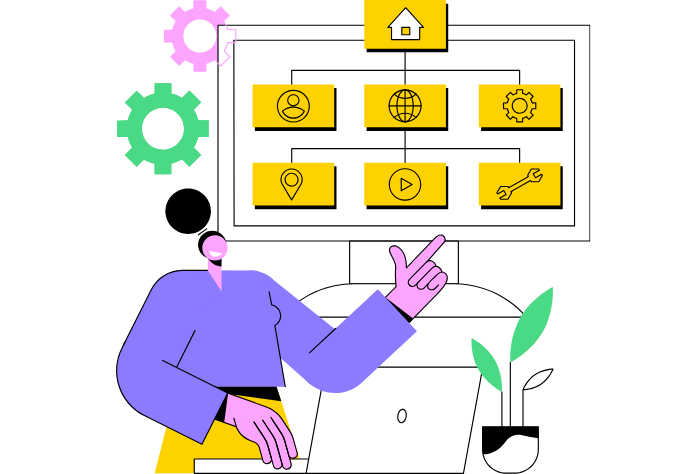
Two Major Benefits of RLSA
When it comes to ad performance, not all traffic is equal. RLSA helps you focus on the visitors who already showed interest, and that focus pays off.
- Higher ROI: Because you’re targeting people who are already familiar with your brand, they’re more likely to click and convert.
- Smarter Spend: RLSA helps reduce wasted spend by avoiding cold traffic that’s less likely to convert.
And remember: Google data shows that users retargeted via RLSA convert 2x more often than regular users.
How to Set Up RLSA
Getting started with RLSA doesn’t require complex tools or coding. With just a few key steps, you can start retargeting your warmest traffic inside Google Ads.
- Install a remarketing tag (or use Google Analytics audience lists).
- Build a remarketing list inside your Google Ads account. You’ll need at least 1,000 users for it to be eligible.
- Apply the list to a campaign or ad group.
- Choose “Targeting” mode to show ads only to that audience, or “Observation” to monitor results first.
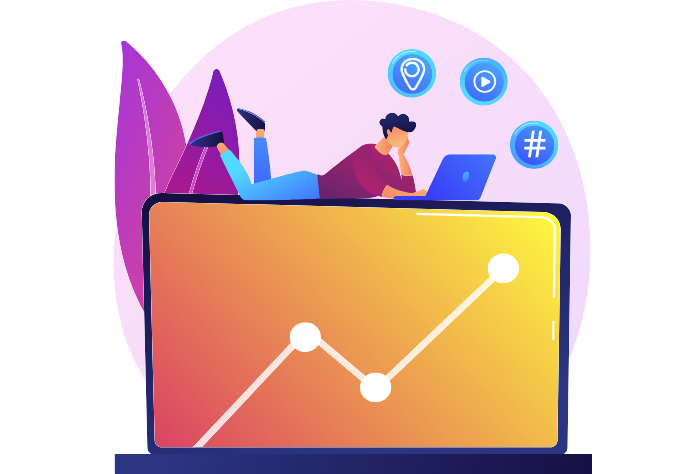
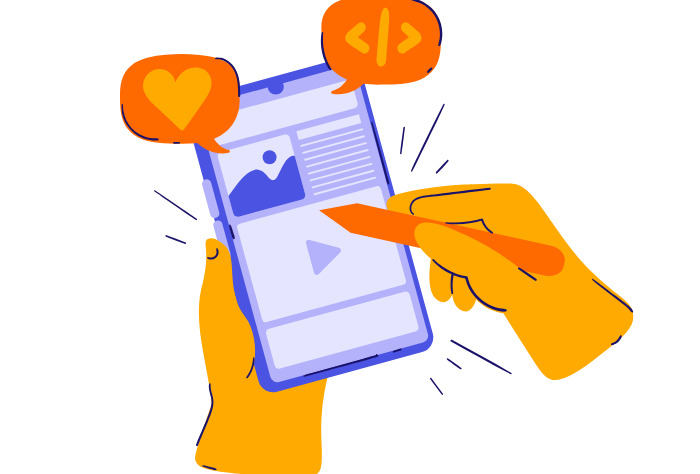
How to Create RLSA Campaigns That Work
A great RLSA setup starts with strategy. By targeting the right audience segments and adjusting your approach, you turn second chances into real conversions.
- Start with a strong list. For example, users who visited your pricing page or started checkout.
- Apply that list to your best-performing search campaigns.
- Set higher bids for high-intent users.
- Use customize ad copy to match where they left off.
Want expert help? A Professional Google Ads Agency can optimize these steps for fast results.
Best Use Cases for RLSA
RLSA isn’t one-size-fits-all — it’s a flexible tool that adapts to your goals. Whether you’re selling products or generating leads, here’s where it delivers most.
- E-commerce: Show ads to shoppers who abandoned their cart.
- Lead Generation: Target form visitors who didn’t submit.
- SaaS or B2B: Reconnect with trial users or pricing page viewers.
- Seasonal Campaigns: Hit previous buyers at just the right time.

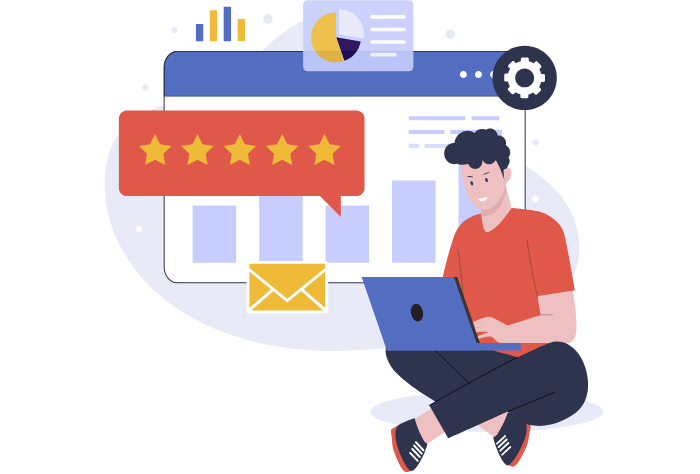
What Not to Do with RLSA
RLSA is powerful, but only when used correctly. Avoid these common pitfalls that can drain your budget and limit results. Here are common mistakes:
- No segmentation: One big list won’t cut it. Segment by behavior and time on site.
- Wrong match types: Broad match can be dangerous if it’s not paired with intent-based lists.
- Too much overlap: Avoid using the same list across multiple campaigns.
- Ignoring bid adjustments: Not all users are equal — increase bids for your highest-value ones.
Advanced RLSA Tips That Boost Performance
Once your basics are in place, it’s time to level up. These advanced tactics help you refine targeting, personalize messaging, and increase campaign efficiency. Try these:
- Combine RLSA with In-Market Audiences for layered targeting.
- Use Google Analytics goals to create more refined lists.
- Segment by device — mobile users behave differently.
- Try Competitor Keyword RLSA — show ads to past visitors searching for your competition.
- Adjust copy per segment — serve “Still thinking about it?” copy to cart abandoners, and “Need help deciding?” to pricing page viewers
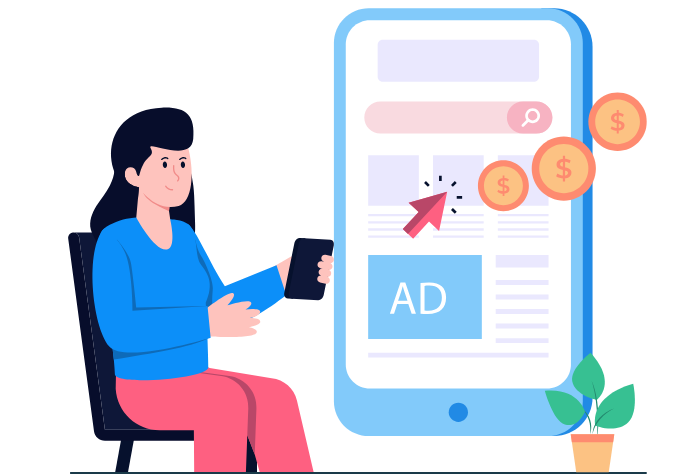
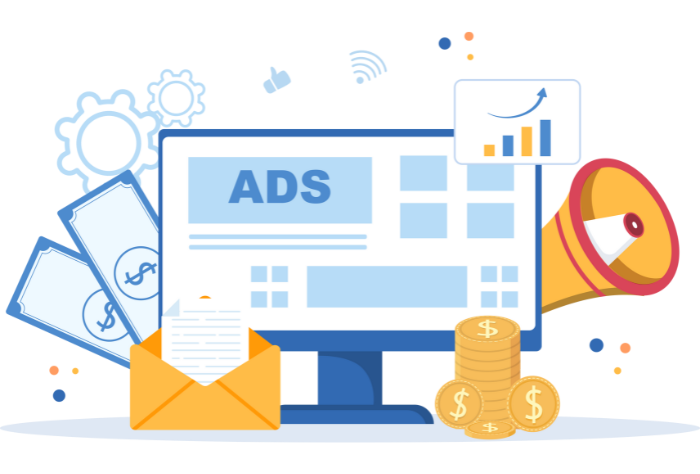
The Numbers Don’t Lie
Still wondering if RLSA is worth it? The data speaks for itself. These performance stats show exactly why it belongs in every smart campaign.
- 70% of visitors abandon their cart: Most shoppers leave before buying — RLSA helps bring them back when intent is higher.
- Only 2% of traffic converts on the first visit: You’re losing 98% of potential customers without a remarketing plan.
- RLSA campaigns generate up to 50% higher engagement: Targeting known users means more clicks, longer sessions, and better results.
- CTRs for RLSA ads are 3–4x higher than generic search ads: When you speak to a warmer audience, they’re far more likely to take action.
- CPCs can drop by up to 45% with proper list targeting: More relevance means better Quality Scores—and lower costs per click.
When to Use RLSA
RLSA isn’t just another tool — it’s a smart solution for real marketing challenges. If any of these situations sound familiar, it’s time to put it to work.
- If you want better conversions without raising ad spend
- If you’re seeing lots of traffic but few leads
- If your sales cycle is long and requires multiple touches
- If your brand is already getting search traffic
- If you want to speak directly to high-intent users
- If you need more from every dollar spent
- If you work with a Google Ads Agency that’s optimizing for ROAS


Who Should Be Using RLSA?
RLSA isn’t just for big brands. It works across industries where timing, trust, and repeat visibility drive results. If you fall into one of these categories, RLSA is a must.
- E-commerce stores: Bring back shoppers who abandoned their cart or browsed products without purchasing.
- Local service businesses: Stay in front of homeowners or clients who searched but didn’t book right away.
- Lead generation firms: Re-engage visitors who filled out part of a form or downloaded content.
- SaaS and subscription companies: Target trial users and pricing page visitors with precise follow-up ads.
- Marketing agencies: Use RLSA to sharpen campaigns and drive stronger ROI for your clients.
- Coaches and consultants: Nurture site visitors over time and win trust through repeat exposure.
- B2B organizations with longer buying cycles: Stay visible to decision-makers who take time before converting.
RLSA for Google Ads Success
RLSA is one of the simplest and most powerful features in Google Ads. It takes what you already have — traffic — and turns it into better results.
Instead of chasing cold leads, you refocus on the warm ones.
Want help putting this into action? A Professional Google Ads Agency can build smart lists, test ad groups, and bring real ROI.